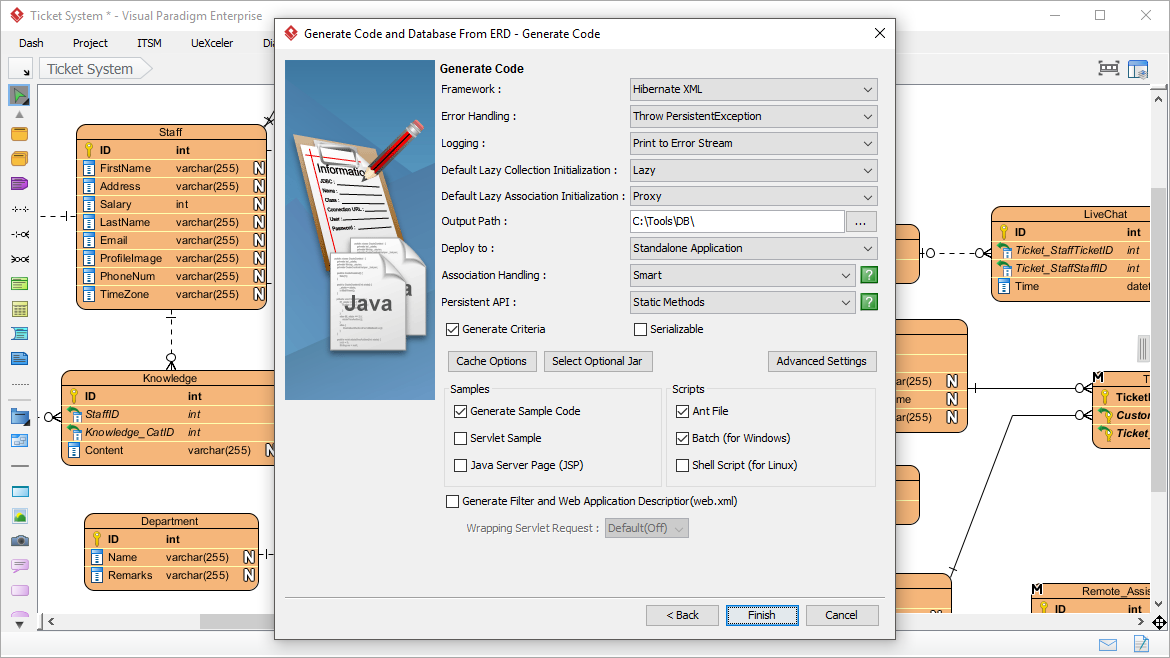

If you hold down CTRL while you drag, it will bring in all related subordinate objects. Stay thirsty my friends! Update! SQL Developer can automatically add ‘child tables.’ I know what you’re thinking, ‘Shouldn’t this be easier?’ Thanks Mitch for the heads-up on this missing step! Note: if you haven’t already done this, you’ll need to disable this option in the preferences – ‘Open Object on Single Click.’ If you have this enabled, as soon as you go to click on an object in the tree, we’ll try to open it, versus letting you do a Drag. However, if you do add tables one at a time, it will auto-generate the relationship if there is one defined in the database. The Data Modeler will not automatically recursively search for related objects by foreign key constraint and add those tables. Voila, instant ERD! The only problem is that you will need to KNOW which objects to drag and drop. Select your table(s) from the connection tree and drag them to the model space. This will give you a blank model workspace. Right-mouse-click, ‘New Relational Model’ Go to the Relational Models node in the Tree This will give you a new panel, underneath your Connections|Reports panel. Today it requires just a few steps: Open the Data Modeler Browser in SQL Developer When you can instead see this A pretty picture is worth a few dozen DDL scripts? Who wants to read this Foreign keys – they do exist!

Jeff doesn’t have a boss because he is ‘the man.’ It can be challenging to understand the nature of your data by simply reading through the list of Foreign Key constraints for a table. A location can house one or more departments.

Entity Relationship Diagrams tell a story.


 0 kommentar(er)
0 kommentar(er)
